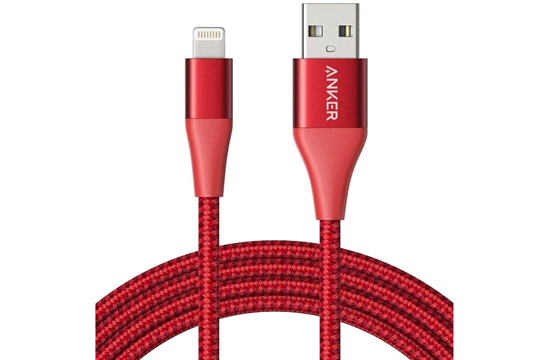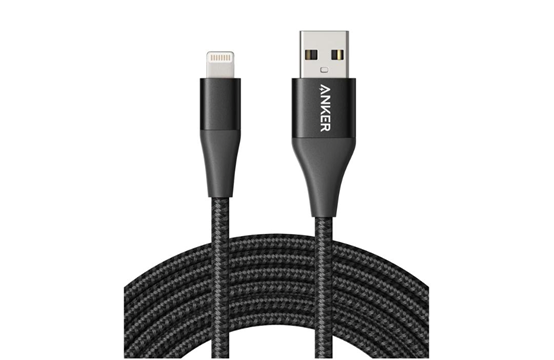USB A to USB C cables have become increasingly popular due to their enhanced data transfer speeds and power delivery capabilities. However, several myths continue to circulate about these cables, leading to confusion among consumers. Not only that, many people have these misunderstandings, which leads to their incorrect use of data cables, resulting in higher costs for this type of product. This article aims to debunk these common myths and provide a detailed understanding of the true benefits of USB A to USB C cables.
One prevailing myth is that all usb a to usb c is identical in terms of quality and performance. Many people believe that as long as the connectors fit, the cable will work just as well as any other. This is far from the truth. The quality of materials, build, and certification greatly impacts the performance of these cables. Certified cables, such as those offered by reputable brands like Anker, undergo rigorous testing to ensure they meet specific standards for data transfer speeds and safety. Uncertified cables may use inferior materials and poor construction techniques, which can lead to overheating, slower charging, and even potential damage to your devices. For instance, the Anker 551 USB-A to Lightning Cable is MFi certified, ensuring flawless compatibility with Apple Lightning devices and optimized charging speeds.

Another widespread myth is that using USB A to USB C cables can damage connected devices. This misconception likely stems from instances where subpar, low-quality cables caused operational issues. When you use high-quality, certified cables like the Anker 551 USB-A to Lightning Cable, there is no risk of damaging your device. These cables are designed to meet stringent industry standards, minimizing any risk associated with their use. High-quality cables ensure that the correct amount of power is delivered to your device. In contrast, poorly made cables might deliver inconsistent power levels, potentially causing harm. The Anker 551 USB-A to Lightning Cable's certification guarantees it delivers the appropriate power levels, ensuring the safety and longevity of your devices.

A common misunderstanding is that longer USB A to USB C cables result in diminished performance. While it's true that excessively long cables can experience signal degradation, this is generally not an issue with high-quality cables designed to handle longer distances. Reliable brands take into account the need for length without compromising on performance. For example, the Anker 551 USB-A to Lightning Cable comes in various lengths, including a 10-foot option. This extended range allows users to charge or connect devices from across a room without experiencing lower performance levels. The cable's structure and material quality ensure consistent signal strength and power delivery, regardless of its length. The enhanced length provided by Anker’s 10-foot cable makes it convenient for situations where a nearby outlet isn't available.
When selecting USB A to USB C cables, it's crucial to prioritize quality over price. While cheaper cables may seem attractive, they often lack the essential certifications and build quality required for optimal performance and safety. Investing in high-quality cables, such as the Anker 551 USB-A to Lightning Cable, ensures reliable performance, device safety, and longevity. In addition to superior build quality, the Anker 551 USB-A to Lightning Cable offers multiple lengths to meet various needs. Whether you require a short 1-foot cable for close connections or an extended 10-foot cable for greater flexibility, Anker has you covered. Each purchase includes a welcome guide, a hassle-free lifetime warranty, and friendly customer service, although the travel pouch is not included with the 1-foot and 10-foot lengths.
Copyright © 2023 infomorespace.com. All rights reserved.